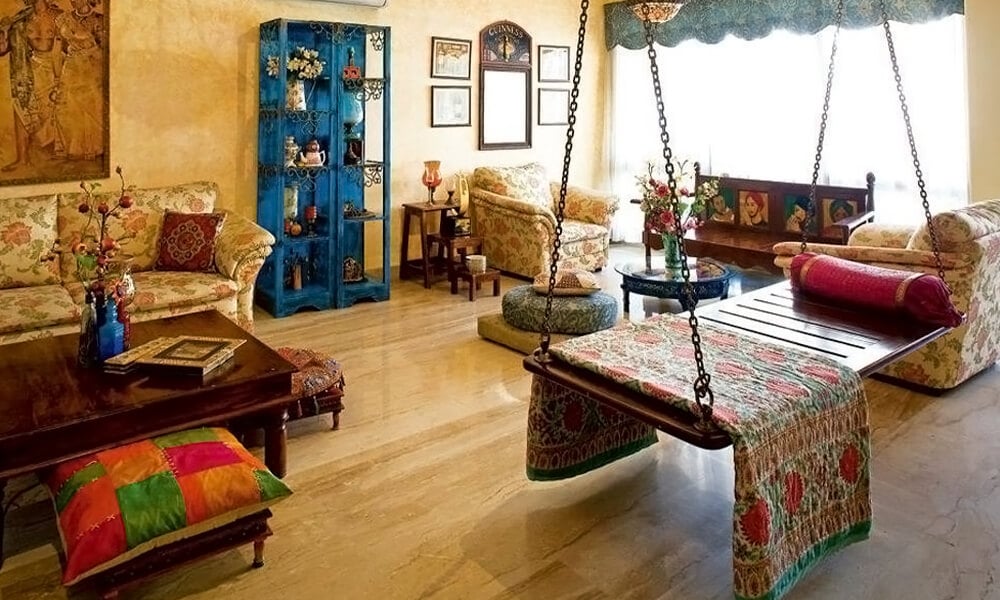
Designing your home’s interior can be a daunting task, especially when trying to create a cohesive and harmonious theme. A well-designed interior can make a big difference in terms of functionality, aesthetics, and overall mood. The key to achieving a cohesive and harmonious theme is to have a plan and follow it consistently. Here are some tips to help you create a cohesive and harmonious interior design theme:
1. Determine Your Style
The first step in creating a cohesive and harmonious theme is to determine your style. There are many interior design styles to choose from, such as modern, traditional, rustic, industrial, and bohemian. You can mix and match different styles, but it’s essential to have a clear idea of what you want to achieve. Research different styles, take note of what you like, and create a mood board to help you visualize your ideas.
2. Choose a Color Scheme

Choosing a color scheme is crucial in creating a cohesive and harmonious interior design theme. Colors can affect our mood, energy, and overall well-being, so it’s essential to choose colors that resonate with you. Start by selecting a primary color and then choose complementary colors that go well with it. You can also add accents of contrasting colors to create interest and depth.
3. Create a Focal Point
A focal point is the centerpiece of a room, and it helps to tie everything together. It can be a piece of artwork, a statement piece of furniture, or a unique architectural feature. Creating a focal point helps to draw the eye to a particular area of the room and creates a sense of balance and harmony.
4. Choose the Right Furniture
Furniture is an essential element in interior design, and it can either make or break a cohesive and harmonious theme. Choose furniture that complements your style and color scheme, and ensure that it’s proportionate to the size of the room. Mix and match different textures and materials to add interest and depth to your interior design.
5. Add Texture and Layers

Adding texture and layers to your interior design can create a sense of warmth and coziness. You can add texture and layers by using different fabrics, such as wool, velvet, and cotton. You can also add layers by using rugs, throw pillows, and curtains. Layers add depth and interest to your interior design, and they help to create a cohesive and harmonious theme.
6. Pay Attention to Lighting
Lighting is an essential element in interior design, and it can affect the mood and ambiance of a room. Choose lighting that complements your style and color scheme, and ensure that it’s proportionate to the size of the room. You can also add dimmer switches to create a more relaxed ambiance.
7. Keep it Simple
When it comes to creating a cohesive and harmonious interior design theme, less is often more. Keep your design simple and clutter-free, and avoid adding too many decorative elements. Focus on creating a comfortable and functional space that reflects your personality and style.
- Determine your style
- Choose a color scheme
- Create a focal point
- Choose the right furniture
- Add texture and layers
- Pay attention to lighting
- Keep it simple
By following these tips, you can create a cohesive and harmonious interior design theme that reflects your personality and style. Remember, the key to achieving a cohesive and harmonious theme is to have a plan and follow it consistently. Happy designing!
